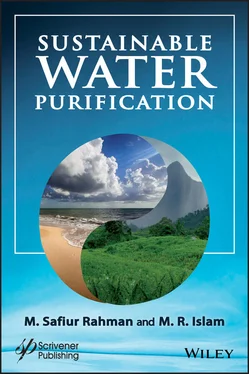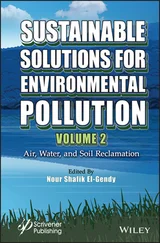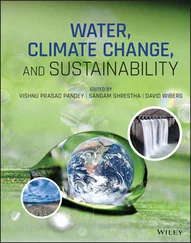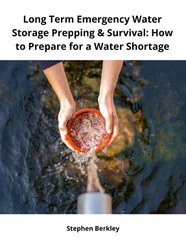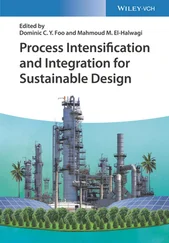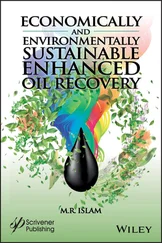208 205
209 206
210 207
211 208
212 209
213 210
214 211
215 212
216 213
217 214
218 215
219 216
220 217
221 218
222 219
223 220
224 221
225 222
226 223
227 224
228 225
229 226
230 227
231 228
232 229
233 230
234 231
235 232
236 233
237 234
238 235
239 236
240 237
241 238
242 239
243 240
244 241
245 242
246 243
247 244
248 245
249 246
250 247
251 248
252 249
253 250
254 251
255 252
256 253
257 254
258 255
259 256
260 257
261 258
262 259
263 260
264 261
265 262
266 263
267 264
268 265
269 266
270 267
271 268
272 269
273 270
274 271
275 272
276 273
277 274
278 275
279 276
280 277
281 278
282 279
283 280
284 281
285 282
286 283
287 284
288 285
289 286
290 287
291 288
292 289
293 290
294 291
295 292
296 293
297 294
298 295
299 296
300 297
301 299
302 300
303 301
304 302
305 303
306 304
307 305
308 306
309 307
310 308
311 309
312 310
313 311
314 312
315 313
316 314
317 315
318 316
319 317
320 318
321 319
322 320
323 321
324 322
325 323
326 325
327 326
328 327
329 328
330 329
Scrivener Publishing100 Cummings Center, Suite 541J Beverly, MA 01915-6106
Publishers at Scrivener Martin Scrivener ( martin@scrivenerpublishing.com) Phillip Carmical ( pcarmical@scrivenerpublishing.com)
Sustainable Water Purification
M. Safiur Rahman and M.R. Islam
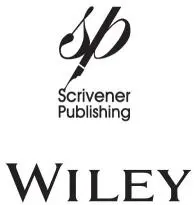
This edition first published 2020 by John Wiley & Sons, Inc., 111 River Street, Hoboken, NJ 07030, USA and Scrivener Publishing LLC, 100 Cummings Center, Suite 541J, Beverly, MA 01915, USA
© 2020 Scrivener Publishing LLC
For more information about Scrivener publications please visit www.scrivenerpublishing.com.
All rights reserved. No part of this publication may be reproduced, stored in a retrieval system, or transmitted, in any form or by any means, electronic, mechanical, photocopying, recording, or otherwise, except as permitted by law. Advice on how to obtain permission to reuse material from this title is available at http://www.wiley.com/go/permissions.
Wiley Global Headquarters111 River Street, Hoboken, NJ 07030, USA
For details of our global editorial offices, customer services, and more information about Wiley products visit us at www.wiley.com.
Limit of Liability/Disclaimer of WarrantyWhile the publisher and authors have used their best efforts in preparing this work, they make no representations or warranties with respect to the accuracy or completeness of the contents of this work and specifically disclaim all warranties, including without limitation any implied warranties of merchantability or fitness for a particular purpose. No warranty may be created or extended by sales representatives, written sales materials, or promotional statements for this work. The fact that an organization, website, or product is referred to in this work as a citation and/or potential source of further information does not mean that the publisher and authors endorse the information or services the organization, website, or product may provide or recommendations it may make. This work is sold with the understanding that the publisher is not engaged in rendering professional services. The advice and strategies contained herein may not be suitable for your situation. You should consult with a specialist where appropriate. Neither the publisher nor authors shall be liable for any loss of profit or any other commercial damages, including but not limited to special, incidental, consequential, or other damages. Further, readers should be aware that websites listed in this work may have changed or disappeared between when this work was written and when it is read.
Library of Congress Cataloging-in-Publication Data
ISBN 9781119650997
Cover image: Water background - Anna1311 | Dreamstime.com, Surf with clouds - Penguinpete | Dreamstime.com, Mountains with Rain - Jan Baars | Dreamstime.comCover design by Kris Hackerott
The co-authors, M. Safiur Rahman and M.R. Islam would like to dedicate this book on water – the essence of life - to their daughters, Lamisa S. Rahman and Elif Hamida Islam, respectively, in recognition of the softness of their hearts that personify the essence of the co-authors’ joy and happiness.
Every civilization in human history recognized the importance of water and understood the importance of water and air in their natural state for the sustenance of life. This all changed during the plastic era. For over a century, the current civilization has been synonymous with synthetic chemicals. All such processes undergo deliberate ‘denaturing’, starting with removing innate water, which is ubiquitous in nature. At present, between 25,000 to 84,000 synthetic chemicals are used to drive modern corporate culture, the hallmark of Capitalism. The number of synthetic chemicals has multiplied 25 times since 1970, with a rise in economic dividend from $171 billion to over $4 trillion today. As these chemicals have created numerous problems in all aspects of civilization, another line of industry has cropped up – the so-called waste management and cleanup industry, which ironically has introduced a new line of synthetic chemicals to ‘purify’ the current contamination.
In this scheme, water is the most important yet most hapless victim. There are numerous techniques available today to purify water – the most potent purifier on Earth. Ironically, all techniques use chemicals to replace the contaminants of the water under treatment. These chemicals are all toxic to the environment, despite being ‘certified’ by the same establishment that upholds the plastic culture, which is responsible for the current toxic shock. It should come as no surprise that all techniques used for water purification today are unsustainable. This dichotomy arises from the fact that today’s civilization is driven by science that is incapable of identifying the causes, let alone remedying them of the inherent unsustainability of purification techniques.
In this book, the source of contaminations is identified as synthetic chemicals, which should not have entered the ecosystem to begin with. Any purification technique must use sustainable techniques. Sustainability lies within the adoption of a zero-waste scheme, rather than struggling to ‘minimize’ waste. In this book, sustainable purification techniques are presented that are applicable to municipal, agricultural and industrial sectors. They range from organic contaminants to radioactive wastes. For each technique, it is shown how value addition and conversion of waste into value-added products can turn a zero-waste process into an economically successful endeavor. This book shows that any paradigm shift to turn this toxic culture into a healthy one starts with water – the first ‘element’ of the universe.
M. Safiur RahmanM.R. Islam
Читать дальше
